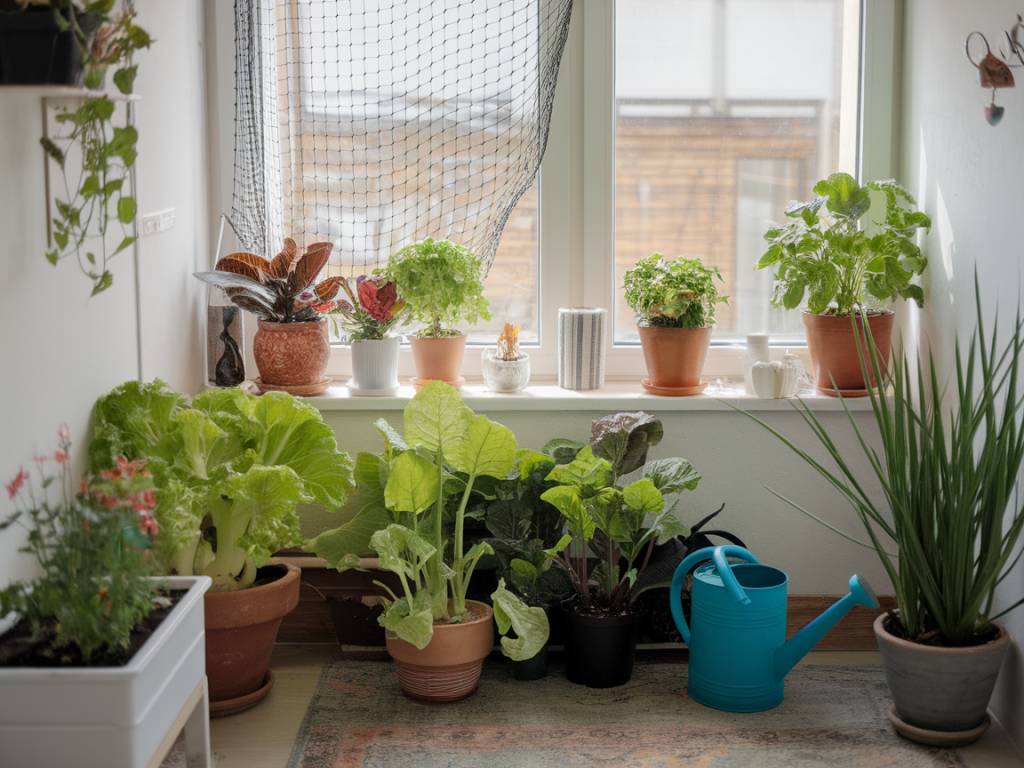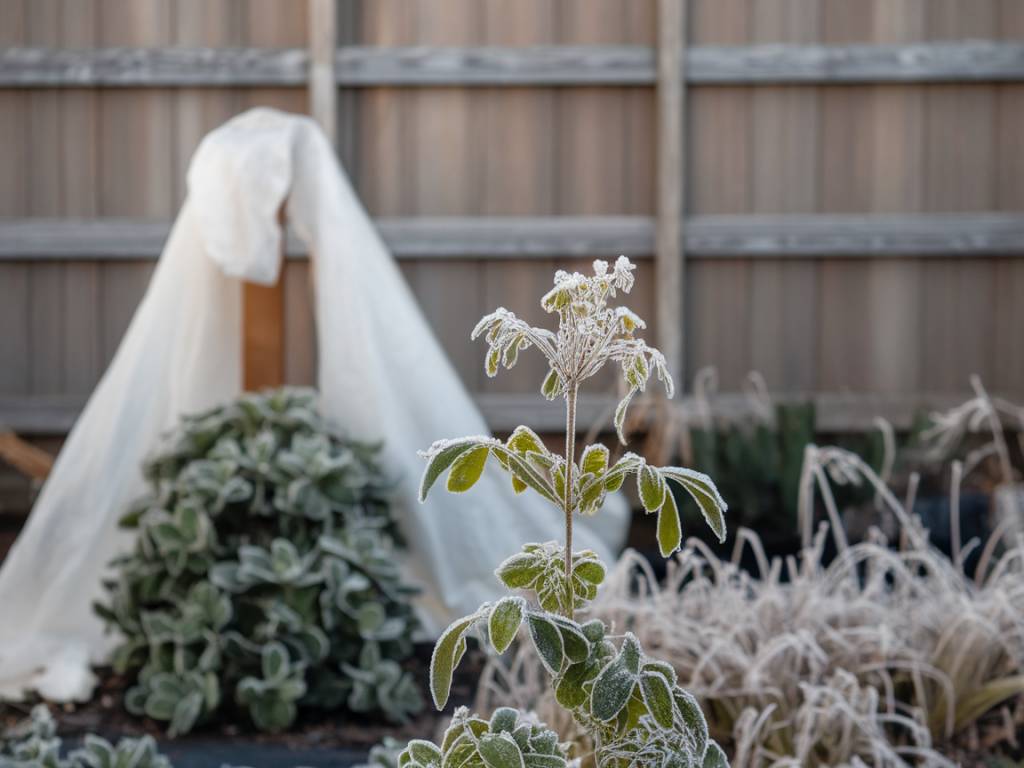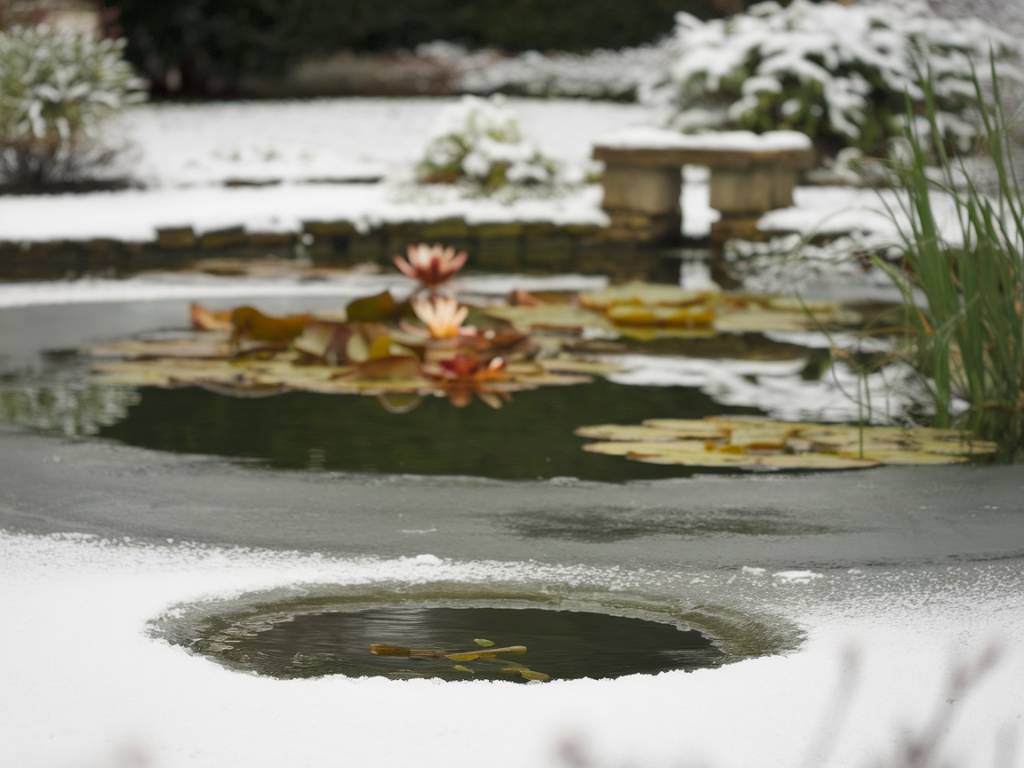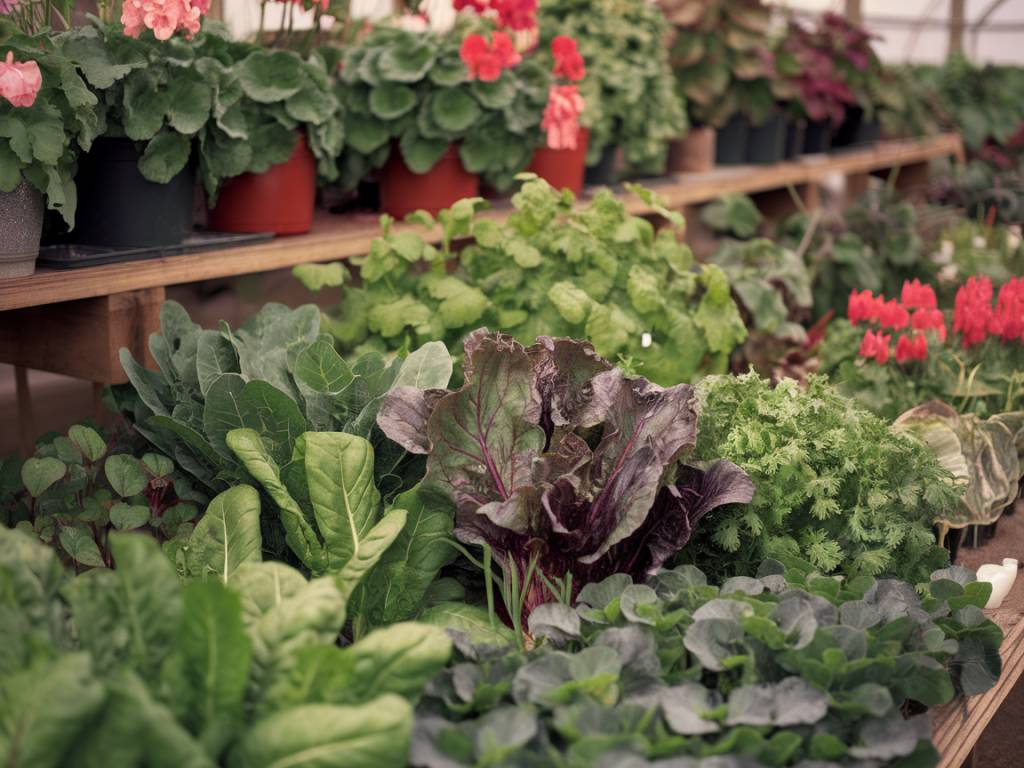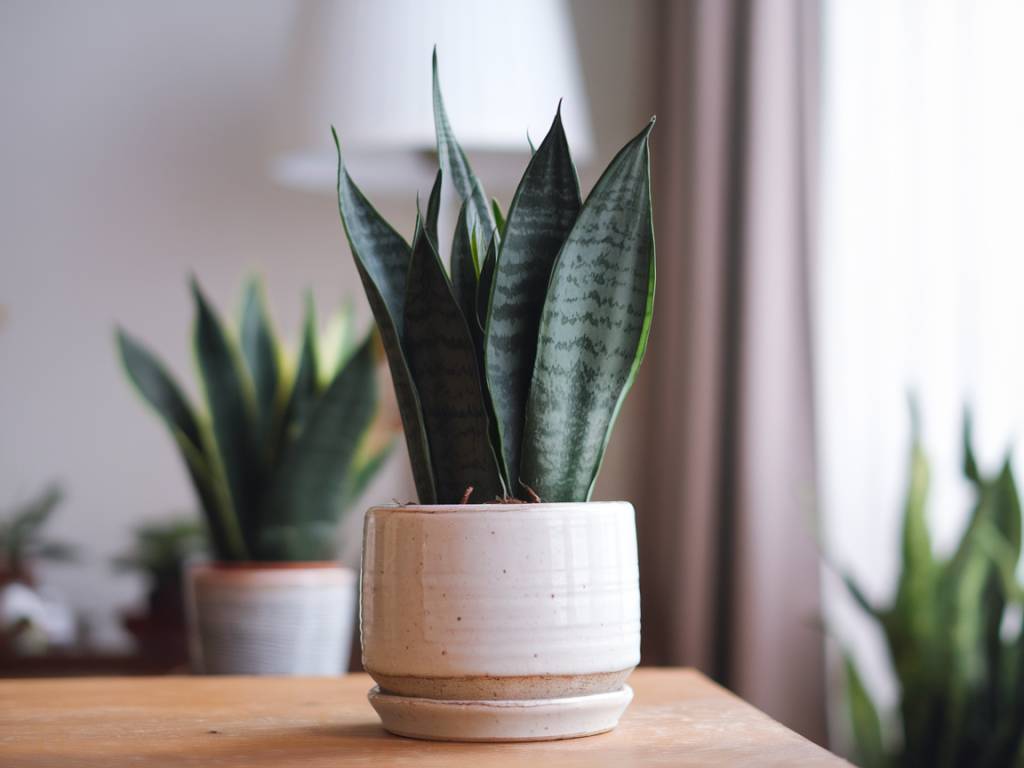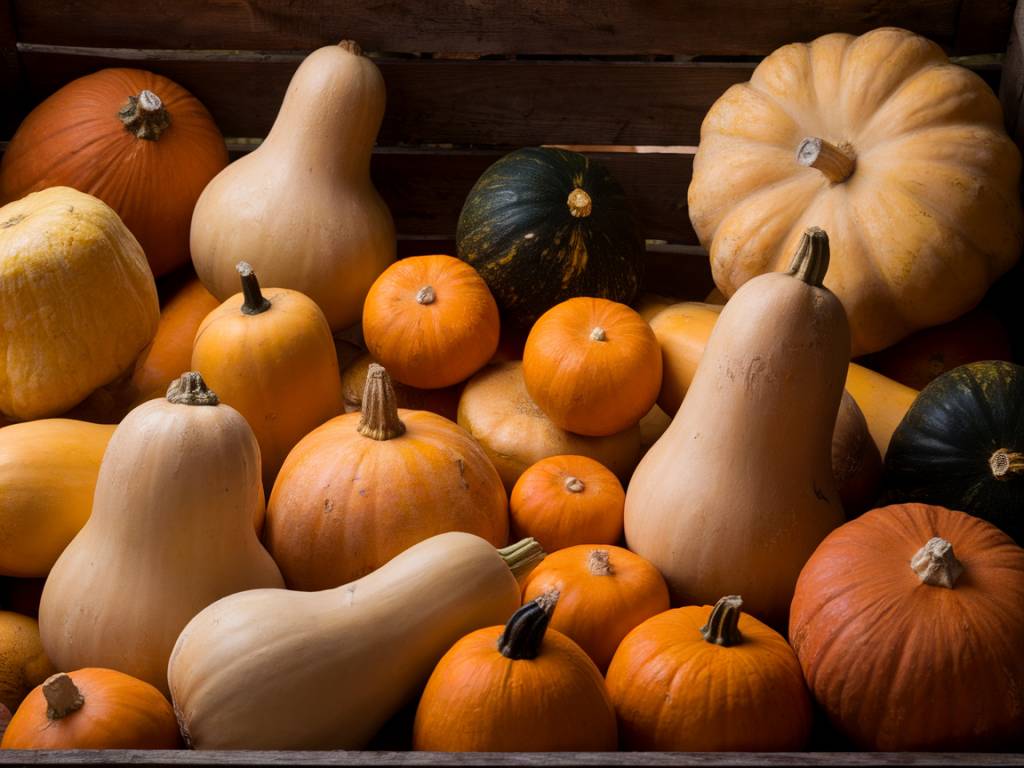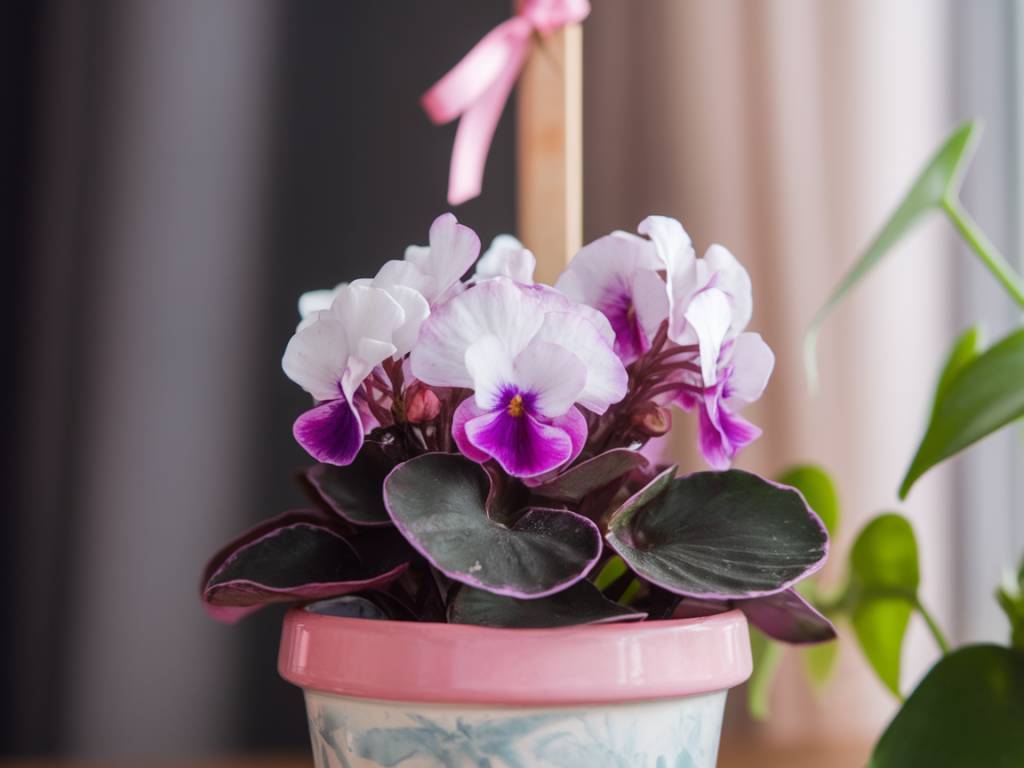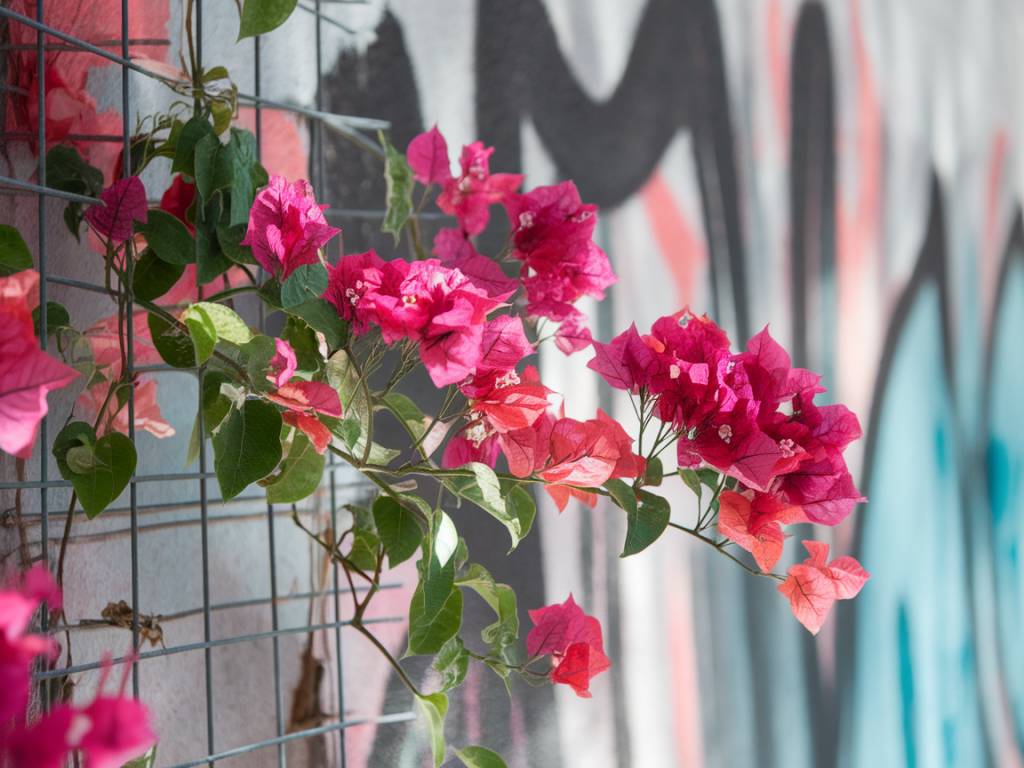As the temperature drops and the days grow shorter, it’s tempting to think that our gardening endeavors must come to a halt. But fear not, fellow green thumbs, for growing vegetables indoors during the cold season is entirely possible. With a bit of planning, the right supplies, and some creativity, you can cultivate a bountiful indoor garden that keeps your kitchen stocked with fresh produce all winter long.
Choosing the Right Vegetables
Not all vegetables are well-suited for indoor growth during the cold months, so it’s crucial to choose the right varieties. Leafy greens, herbs, and smaller root vegetables are ideal candidates due to their relatively low light and space requirements. Consider growing:
- Leafy greens: Spinach, lettuce, kale, and Swiss chard
- Herbs: Basil, parsley, cilantro, and thyme
- Root vegetables: Radishes, carrots (particularly shorter varieties like ‘Thumbelina’), and beets
- Other possibilities: Green onions, cherry tomatoes, and peppers
Selecting the Best Containers
Container selection is an essential factor in indoor gardening. Choose pots that are appropriate for the size and growth habits of your chosen vegetables. Containers should have drainage holes to prevent waterlogging, which can lead to root rot.
I prefer using biodegradable pots when possible, as they align with my permaculture principles. These pots can later be transplanted directly into the garden, pot and all, come springtime. Fabric pots are another excellent option, as they promote healthy root growth through aeration.
Ensuring Proper Lighting
Natural light is often insufficient during the cold season, especially in regions like the UK where daylight hours are minimal. Supplemental lighting is usually necessary to provide the light intensity and duration that vegetables need to thrive.
LED grow lights are my go-to choice. They are energy-efficient, long-lasting, and produce the full spectrum of light that plants require. Position your lights about 6-12 inches above the plants, and keep them on for 12-16 hours a day to mimic the longer daylight hours of the growing season. A timer can be very handy for ensuring consistency.
Nurturing the Soil
Good soil is the foundation of any successful garden, indoor or outdoor. For indoor growing, a high-quality potting mix is essential. Look for a mix that contains a blend of organic materials like peat moss, coconut coir, and compost, alongside elements that improve aeration and drainage, such as perlite or vermiculite.
Adding a layer of mulch on top of the soil can help retain moisture and keep the soil temperature stable. Given the importance of soil health in permaculture, I also like to incorporate a bit of homemade compost into my potting mix to ensure my plants receive a diverse array of nutrients.
Managing Watering
Watering can be a bit tricky when growing indoors, as it’s easier to either overwater or underwater your plants. Always check the soil moisture before watering. The top inch of the soil should be dry to the touch before you add more water.
I recommend using a spray bottle for more delicate seedlings and misting the leaves of humidity-loving plants. For larger containers, a watering can with a narrow spout allows you to direct the water at the base of the plant, avoiding the foliage to prevent fungal diseases.
Maintaining Humidity Levels
Indoor air can become quite dry during the cold months, especially with heating systems running. Most vegetables prefer a humidity level of around 40-60%. If your indoor environment is too dry, your plants may experience issues like wilting, leaf curling, or browning edges.
To maintain optimal humidity levels, consider using a humidifier or placing a shallow tray filled with water and pebbles near your plants. The evaporating water will help increase the humidity around them. Grouping plants together can also create a microenvironment with higher humidity.
Fertilizing Your Indoor Garden
Because indoor vegetables rely entirely on the nutrients available in their containers, regular fertilization is necessary. Organic fertilizers, such as liquid seaweed, fish emulsion, or compost tea, are excellent choices that align with natural gardening principles.
Follow the instructions on your chosen fertilizer, and be careful not to over-fertilize, as it can lead to nutrient burn and other issues. Typically, feeding your indoor vegetables once every two to four weeks should be sufficient.
Dealing with Pests
Even indoors, pests can find their way to your plants. Common indoor garden pests include aphids, spider mites, and whiteflies. Regularly inspect your plants for signs of pests, such as discolored leaves, webs, or sticky residue.
I prefer natural pest control methods, such as introducing beneficial insects like ladybugs or using insecticidal soap and neem oil sprays. Keeping your indoor garden clean and removing any dead or decaying plant material can also help prevent pest issues.
Harvesting Your Indoor Vegetables
One of the most rewarding aspects of indoor gardening is the ability to harvest fresh produce even in the dead of winter. Leafy greens can be harvested in a cut-and-come-again manner, allowing you to take what you need while the plant continues to grow. Herbs can be pinched back regularly to encourage bushier growth.
Root vegetables should be harvested when they’ve reached their mature size, which you can determine by gently pulling one from the soil. If it looks ready, the others likely are too.
By carefully selecting your vegetables, providing the right conditions, and choosing natural gardening methods, you can enjoy a thriving indoor garden throughout the cold season. Happy growing, and may your indoor garden bring you joy and nourishment.
Samanta

